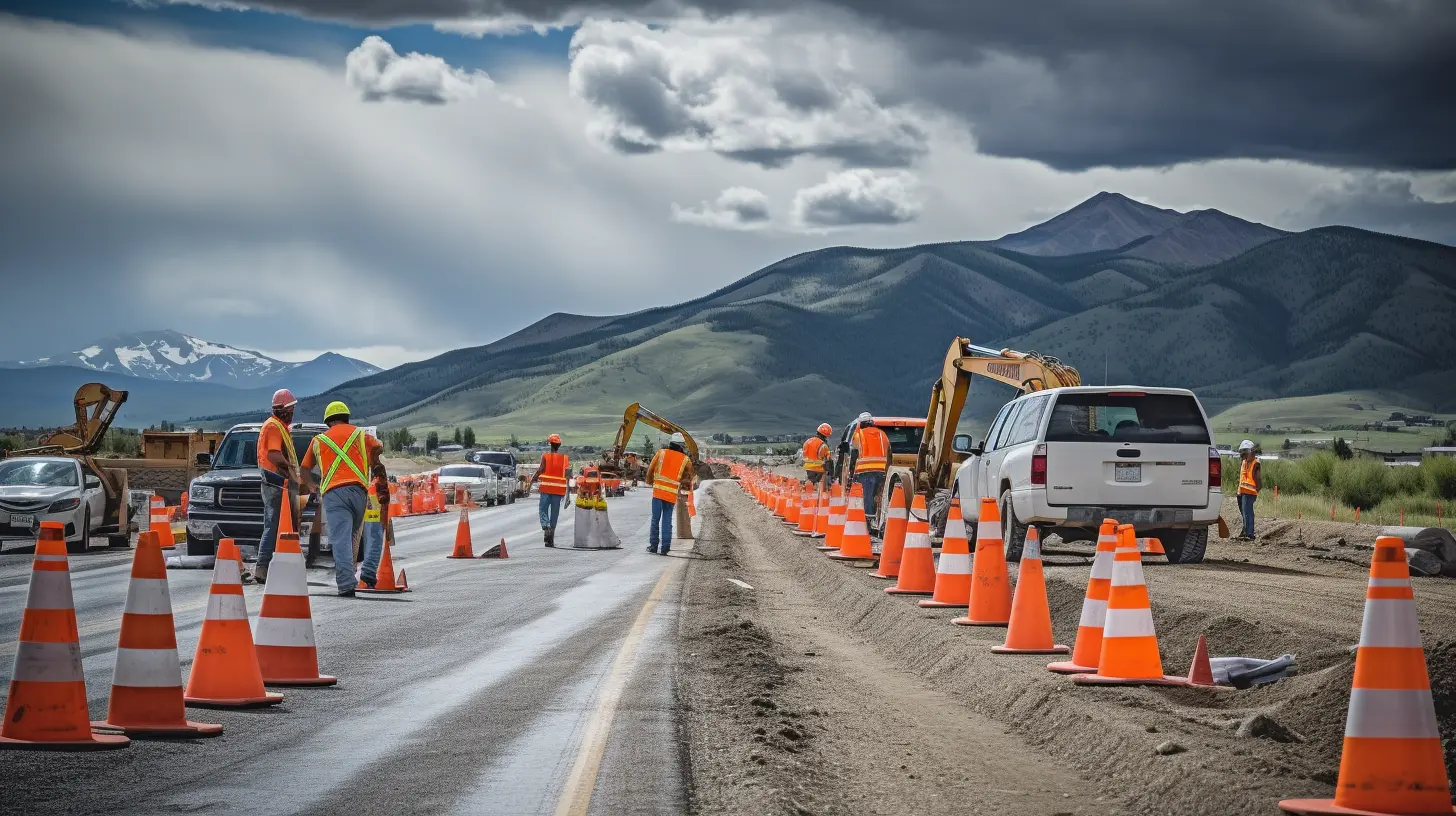
5 Types of Traffic Control Equipment and Their Uses
From simple traffic cones to sophisticated traffic lights, each type of equipment serves a specific purpose in regulating traffic flow and preventing accidents. In this guide, we delve into the various types of traffic control equipment and their essential uses.
Traffic Cones
Overview
Traffic cones, also known as pylons or road cones, are cone-shaped markers placed on roads to redirect traffic and delineate hazardous areas.
Uses
- Directing traffic around construction sites, accidents, or road closures
- Marking lanes during roadwork or maintenance activities
- Providing visibility and warning to drivers of upcoming hazards or obstacles
Benefits
- Highly visible, even in low light conditions
- Lightweight and portable for easy deployment
- Flexible material reduces the risk of damage to vehicles upon impact
Barricades
Overview
Barricades are temporary barriers used to block off areas, redirect traffic, or create safe zones for pedestrians and workers.
Types
- Plastic barricades
- Water-filled barricades
- Steel barricades
Applications
- Securing construction sites and work zones
- Managing crowds at events or gatherings
- Controlling access to restricted areas
Advantages
- Durable and resistant to weather conditions
- Modular design allows for easy setup and configuration
- High visibility colors enhance safety and awareness
Traffic Signs
Importance
Traffic signs convey essential information to drivers, guiding them on road rules, hazards, and directions.
Common Types
- Regulatory signs (e.g., stop signs, speed limit signs)
- Warning signs (e.g., yield signs, pedestrian crossing signs)
- Guide signs (e.g., route markers, exit signs)
Functions
- Providing instructions and warnings to drivers
- Indicating directions and destinations
- Enhancing navigation and route guidance
Traffic Lights
Working Mechanism
Traffic lights use a system of colored lights to regulate the movement of vehicles and pedestrians at intersections.
Types
- Red light: Stop
- Green light: Go
- Yellow light: Prepare to stop
Significance
- Preventing collisions by controlling the flow of traffic
- Facilitating the orderly movement of vehicles in multiple directions
- Improving intersection safety and efficiency
Speed Bumps
Purpose
Speed bumps, also known as speed humps or road cushions, are raised sections of pavement designed to reduce vehicle speed.
Installation
- Placed strategically in areas with high pedestrian traffic or near schools and parks
- Constructed with materials such as asphalt, rubber, or plastic
Benefits
- Slowing down vehicle speeds, especially in residential neighborhoods
- Enhancing pedestrian safety by discouraging speeding
- Minimizing the risk of accidents and injuries
Uses and Applications
Traffic control equipment finds applications in various settings, including:
- Highway construction zones
- Urban roadways
- Parking lots
- School zones
- Event venues
- Residential neighborhoods
…and these are just a few
Traffic control equipment plays a vital role in ensuring road safety and regulating traffic flow. By understanding the different types of equipment and their uses, we can create safer roadways and enhance the overall driving experience for everyone.
FAQs (Frequently Asked Questions)
- What are the primary functions of traffic cones? Traffic cones are primarily used to redirect traffic, mark hazards, and create safe work zones on roads.
- How do barricades enhance safety at construction sites? Barricades help secure construction sites by preventing unauthorized access and redirecting traffic away from hazardous areas.
- Why are traffic signs essential for road safety? Traffic signs provide crucial information to drivers, guiding them on road rules, hazards, and directions, thereby reducing the risk of accidents.
- What role do traffic lights play in traffic management? Traffic lights regulate the movement of vehicles and pedestrians at intersections, improving safety and efficiency by controlling the flow of traffic.
- How do speed bumps contribute to pedestrian safety? Speed bumps help reduce vehicle speeds in areas with pedestrian activity, minimizing the risk of accidents and injuries.
